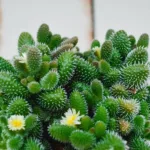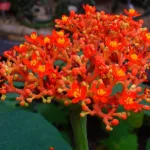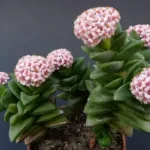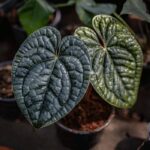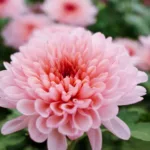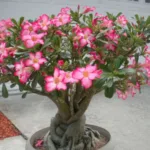Gloxinia is a remarkable flower that captivates hearts with its soft petals and exuberant colors. Originally from the tropical regions of South America, the Gloxinia belongs to the Gesneriaceae family and is appreciated for its delicate and elegant appearance. Its bell-shaped flowers can vary in vibrant shades such as purple, pink, red and white, providing a visual spectacle that brightens up any space. Popular as an indoor plant, this plant requires special care to bloom fully and enchant with its majestic presence.
Meaning
Gloxinia is much more than just a beautiful flower; it also carries deep symbolic meanings. Associated with gratitude, love and admiration, this flower is often chosen to express genuine feelings. Its graceful presence also evokes a sense of elegance and delicate charm. In addition, it can be seen as a symbol of renewal and growth, since its flowers bloom in a display of colors after a period of dormancy. By gifting a Gloxinia or having it in your home, you are bringing not only beauty, but also a message of affection and appreciation
Index
| Common Name | Gloxinia |
| Botanical Name | Sinningia speciosa |
| Family | Gesneriaceae |
| Plant Type | Perennial |
| Size Adult | About 15-30 cm tall |
| Sun exposure | Bright indirect light |
| Soil type | Rich in organic matter, well-drained |
| soil pH | Slightly acidic to neutral (pH 6-7) |
| Flowering Season | Spring to Summer |
| Flower Color | Various colors, including purple, pink, red and white |
| Native Area | South America, especially Brazil |
| Toxicity | May cause allergic reactions in some people |
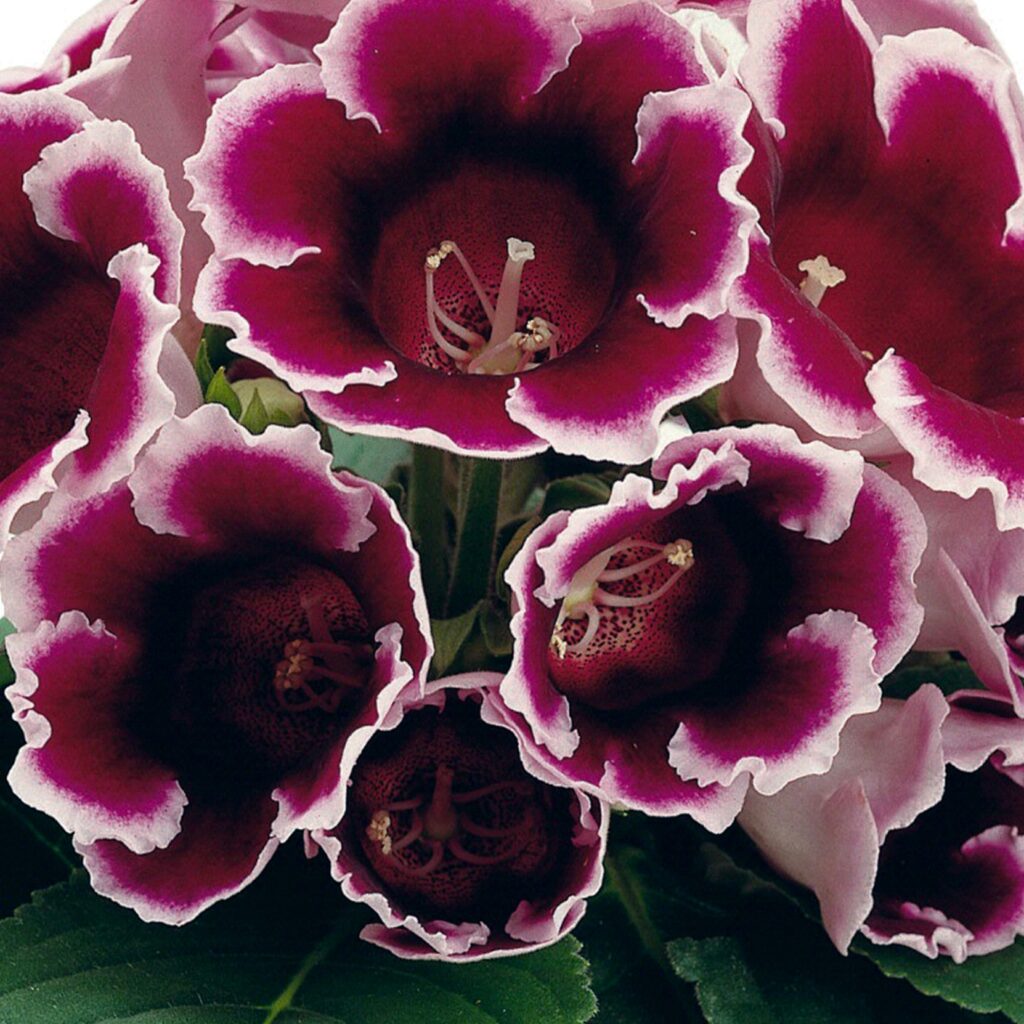
Essential care
Gloxinia is a magnificent flower that deserves attentive care in order to thrive and show off its stunning blooms. Here are the essentials you should give your Gloxinia:
Light
Light plays a crucial role in the healthy growth of your plant. Place it in a spot with bright indirect light to ensure its lush development. Avoid intense direct sunlight, as it can burn the plant’s delicate leaves.
Soil
The soil plays a key role in the well-being of your flower. Make sure you plant it in soil that is rich in organic matter and well-drained to prevent water from accumulating in the roots. This helps prevent problems such as root rot.
Water
Water is essential for Gloxinia, but it’s important to find a balance. Water when the soil is slightly dry to the touch, avoiding both too much and too little water. Remember to avoid wetting the leaves and flowers, as this can lead to the development of diseases.
Temperature and humidity
Gloxinia likes mild temperatures between 18°C and 24°C. Keep it away from cold drafts or excessive heat. As for humidity, maintaining a moderate level is important, but avoid excess, as very humid environments can cause problems.
Adequate nutrition
Regular fertilization is essential for the health of Gloxinia. Use a balanced fertilizer during the period of active growth, approximately every 4-6 weeks. Avoid excesses, as the accumulation of nutrients can harm the plant.
By following these precautions, you will be providing your plant with the ideal environment to flourish in all its splendor and enchant everyone with its unique beauty.
Fascinating types of Gloxinia
Gloxinia comes in a variety of types, each with its own unique characteristics and charm. Explore this captivating diversity:
- Gloxinia Grandiflora: With larger, showy flowers, this variety is famous for its lush petals and vibrant colors.
- Gloxinia Nematanthodes: With flowers that resemble trumpets, this species has a unique and captivating shape.
- Gloxinia Speciosa: The most common variety, known for its bell-shaped flowers and wide range of colors.
- Gloxinia Perennis: A perennial species that offers charming flowers all year round, adding constant beauty to environments.
- Gloxinia Hybrida: The result of crosses between different varieties, this species offers an incredible diversity of colors and shapes.
- Gloxinia Sinningiiflora: With its delicate flowers and graceful appearance, this variety is a real floral gem.
Each type brings with it its own personality and appeal, allowing you to choose the one that resonates most with your taste and style. Whichever variety you choose, the beauty and charm of Gloxinia will always brighten up your spaces.
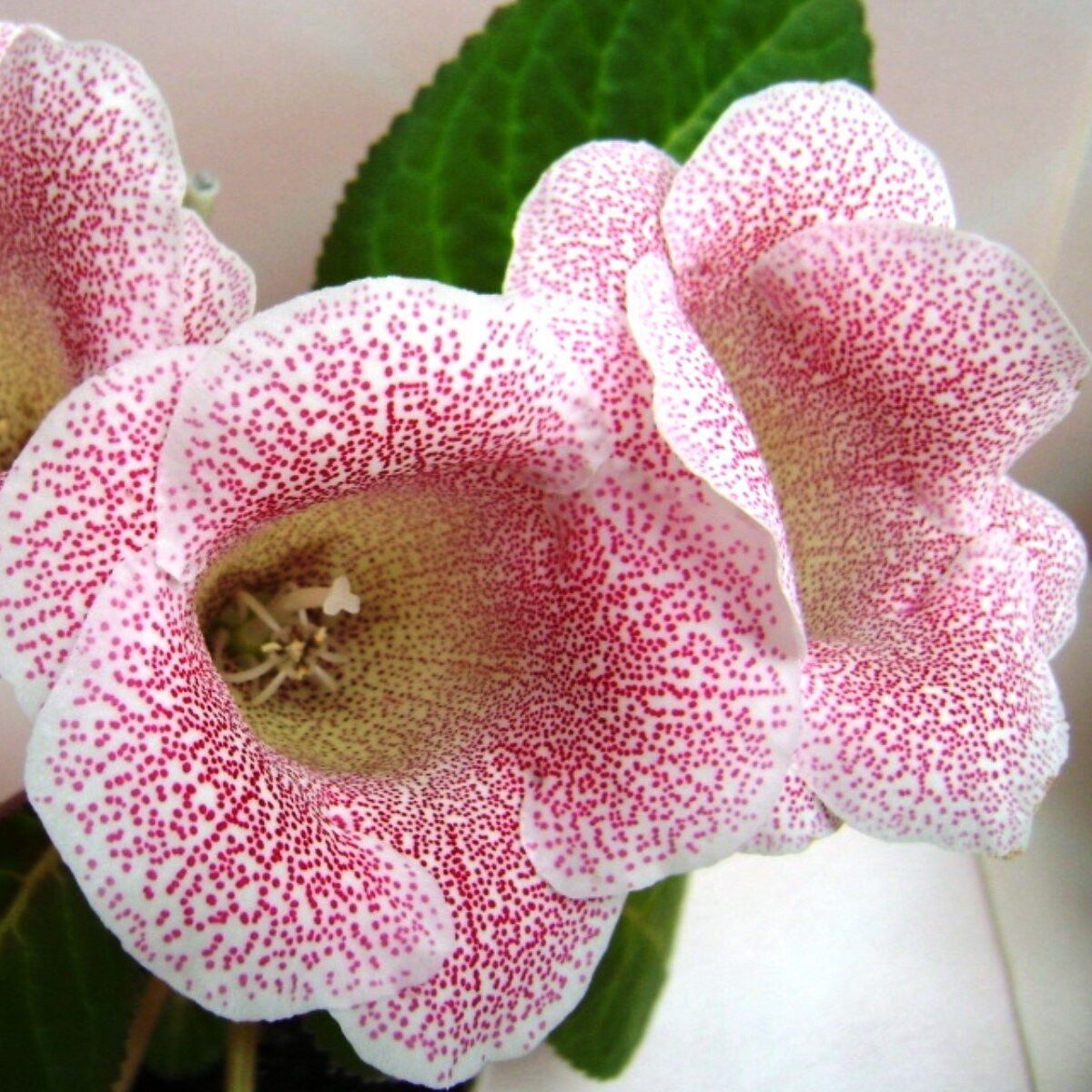
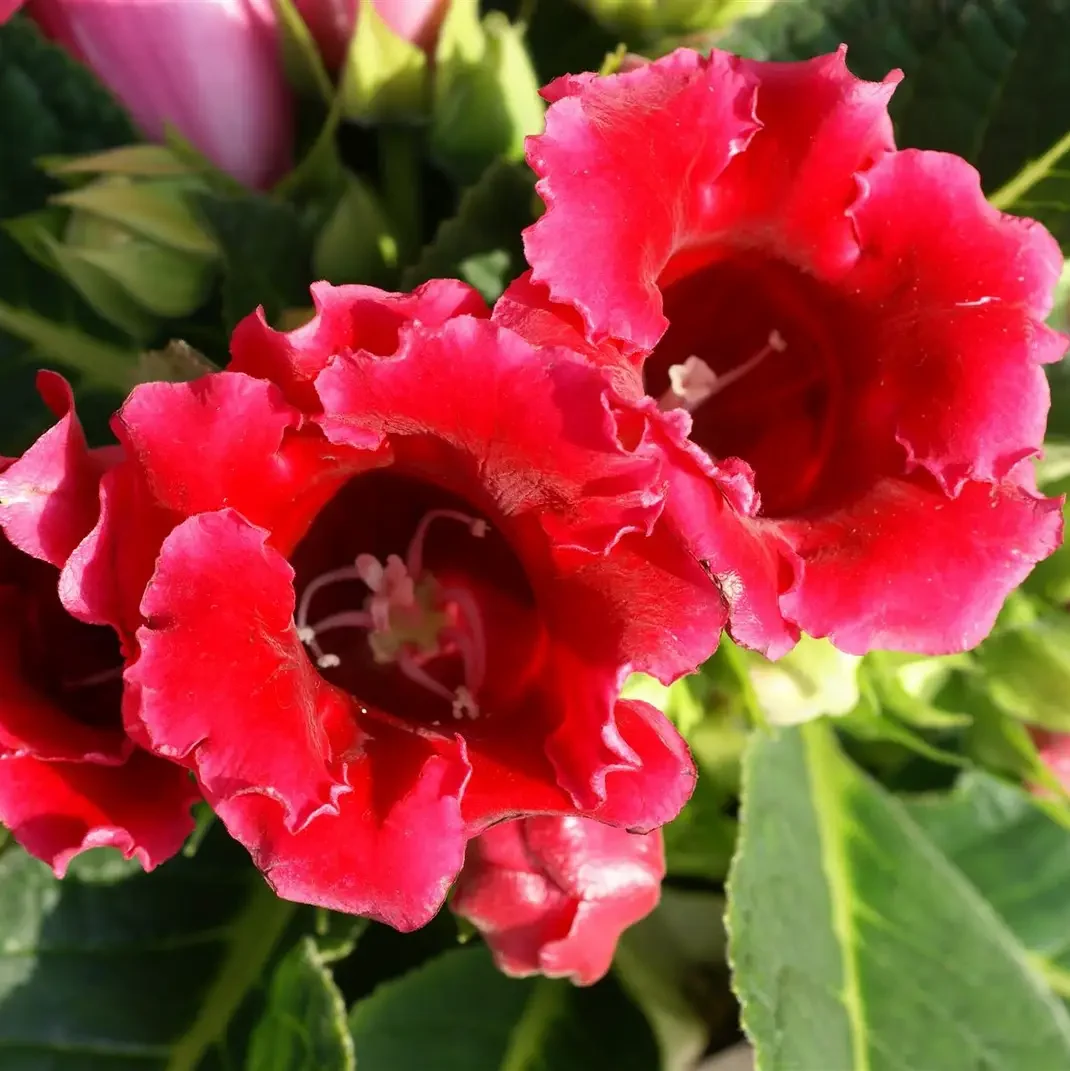
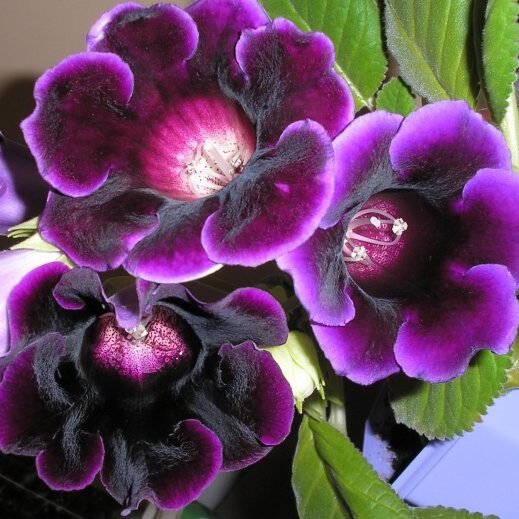
Pruning Gloxinia: importance and techniques
Pruning plays a vital role in the health and appearance of Gloxinia. By removing unwanted parts, you encourage the healthy growth and renewal of the plant. Follow these techniques for effective pruning:
- Removing Wilted Flowers: Remove wilted flowers to redirect the plant’s energy.
- Pruning Damaged Leaves: Remove yellowed or diseased leaves to prevent the spread of problems.
- Thinning: If the plant is too dense, thin it out to improve air circulation and light intake.
Propagation methods
Gloxinia can be propagated using leaves and seeds. Here’s how:
- Leaves: Take a healthy leaf from the mother plant and plant it in moist soil. After rooting, a new plant will develop.
- Seeds: Collect mature seeds and plant them in a suitable substrate. Keep the soil moist until the seedlings emerge.
Step by step on how to plant Gloxinia
Proper planting is essential for Gloxinia to flower spectacularly. Follow this step-by-step guide:
- Choosing a pot: Opt for a pot with a drainage system.
- Soil preparation: Use a well-drained substrate rich in organic matter.
- Planting: Plant the roots of the plant in the soil, keeping the crown above ground level.
- Initial watering: Water gently after planting to establish the roots.
- Aftercare: Keep the plant in bright indirect light and moderate humidity.
- Watering: Keep the soil slightly moist, avoiding waterlogging.
- Fertilizing: Fertilize every 4-6 weeks during the growing season.
By following these steps, you’ll be giving your Gloxinia the perfect start to healthy growth and lush flowering.
Most common pests and diseases
Gloxinia, like any plant, is subject to some pests and diseases. Keep an eye out for these problems:
- Mealybugs: Small insects that attach themselves to the leaves and stems, sucking the plant’s sap.
- Mites: These can cause yellow spots on the leaves.
- Aphids: Affect growth and can transmit diseases.
- Root rot: Caused by excessive humidity.
Common problems and their solutions
Some problems can arise when growing Gloxinia. Here are solutions to deal with them:
- Yellowing leaves: This may be over-watering; adjust the frequency accordingly.
- Withered Leaves: Lack of water; water and check drainage.
- Leaf spots: Usually caused by water droplets on the leaves in bright sunlight; water in the morning.
- General wilting: Could be excess heat; move the plant to a cooler location.
Advanced Care and Maintenance Tips
To take the care of your Gloxinia to the next level, consider these advanced tips:
- Replanting: Every 1-2 years, replant the Gloxinia in a new substrate to ensure adequate nutrients.
- Selective Pruning: Carry out regular pruning to encourage healthy growth and renewal.
- Support: Use supports for heavier flowers to prevent them from bending.
- Ideal Environment: Keep the plant away from cold drafts and excessive heat.
- Regular monitoring: Keep an eye out for any signs of pests or diseases so that you can act quickly.
With these advanced care and maintenance tips, your plant will flourish with splendor and health, adding continuous beauty to your spaces.
Curiosities about Gloxinia
- Tropical Origin: Gloxinia is native to the tropical regions of South America, where it grows in warm, humid climates.
- Botanical name: Its botanical name, Sinningia speciosa, is a tribute to the German botanist Wilhelm Sinning, who made important contributions to the study of plants.
- Dazzling Colors: It is known for its variety of vibrant colors, which include shades of purple, pink, red and white.
- Growing in Pots: It is an excellent choice for growing in pots, allowing you to enjoy the beauty of Gloxinia even indoors.
- Temperature Sensitivity: It is sensitive to sudden changes in temperature and draughts, which can affect its growth and flowering.
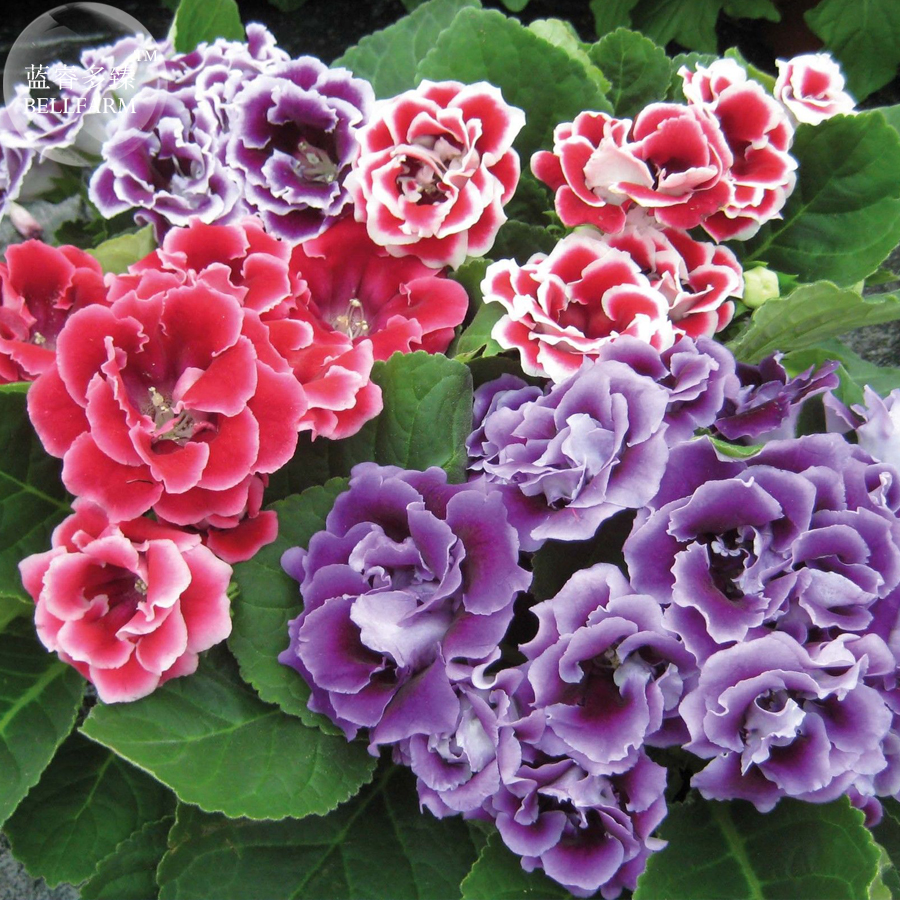
Myths and Meanings
- Symbol of Love and Affection: It is often associated with love and affection and is chosen as a gift for loved ones.
- Renewal and Growth: The story of its flowers blooming after a period of dormancy has made it a symbol of renewal and growth.
- Protection against negative energies: In some cultures, Gloxinia is believed to have protective properties against negative energies and envy.
- Spirituality and Upliftment: In spiritual contexts, this flower is seen as a flower that uplifts the soul and helps in the search for harmony.
This flower is not only a beautiful plant, but also a source of fascinating stories and deep meanings. By admiring its delicate blooms, you are witnessing the intersection between nature and culture, further enriching the experience of having it in your garden or indoor environment.
Conclusion
By exploring the universe of Gloxinia, we immerse ourselves in a world of vibrant colors, deep meanings and dedicated care. From its tropical origins to its dazzling flowers, the Gloxinia captivates hearts with its unique beauty and symbolic messages. Throughout this guide, we learn the importance of adequate light, the fundamental role of well-drained soil and the secrets to balanced watering. In addition, we unravel the myths surrounding this enchanting flower, from its connection to love and renewal to its spiritual protection.
On our journey through Gloxinia care, we explore the processes of pruning, propagating and planting, as well as tackling pests and diseases with practical solutions. For plant lovers looking to take their care to the next level, we highlight advanced care and maintenance tips that guarantee a lush, healthy plant. With this knowledge in hand, you’re ready to welcome Gloxinia into your life, bringing elegance, meaning and an intimate connection with nature to your spaces. May your journeys with Gloxinia be filled with radiant colors and moments of enchantment that will remain in your memory forever.
Frequently asked questions
How to water Gloxinia?
Water the Gloxinia when the soil is slightly dry to the touch, avoiding waterlogging. Use water at room temperature and water at the base of the plant to prevent the leaves from getting wet.
What is the meaning of the Gloxinia flower?
Gloxinia symbolizes love, affection and renewal. Its flowers bloom after a period of dormancy, representing growth and renewal.
How long does Gloxinia last?
A Gloxinia can bloom for several weeks to a few months, depending on the care and growing conditions.


